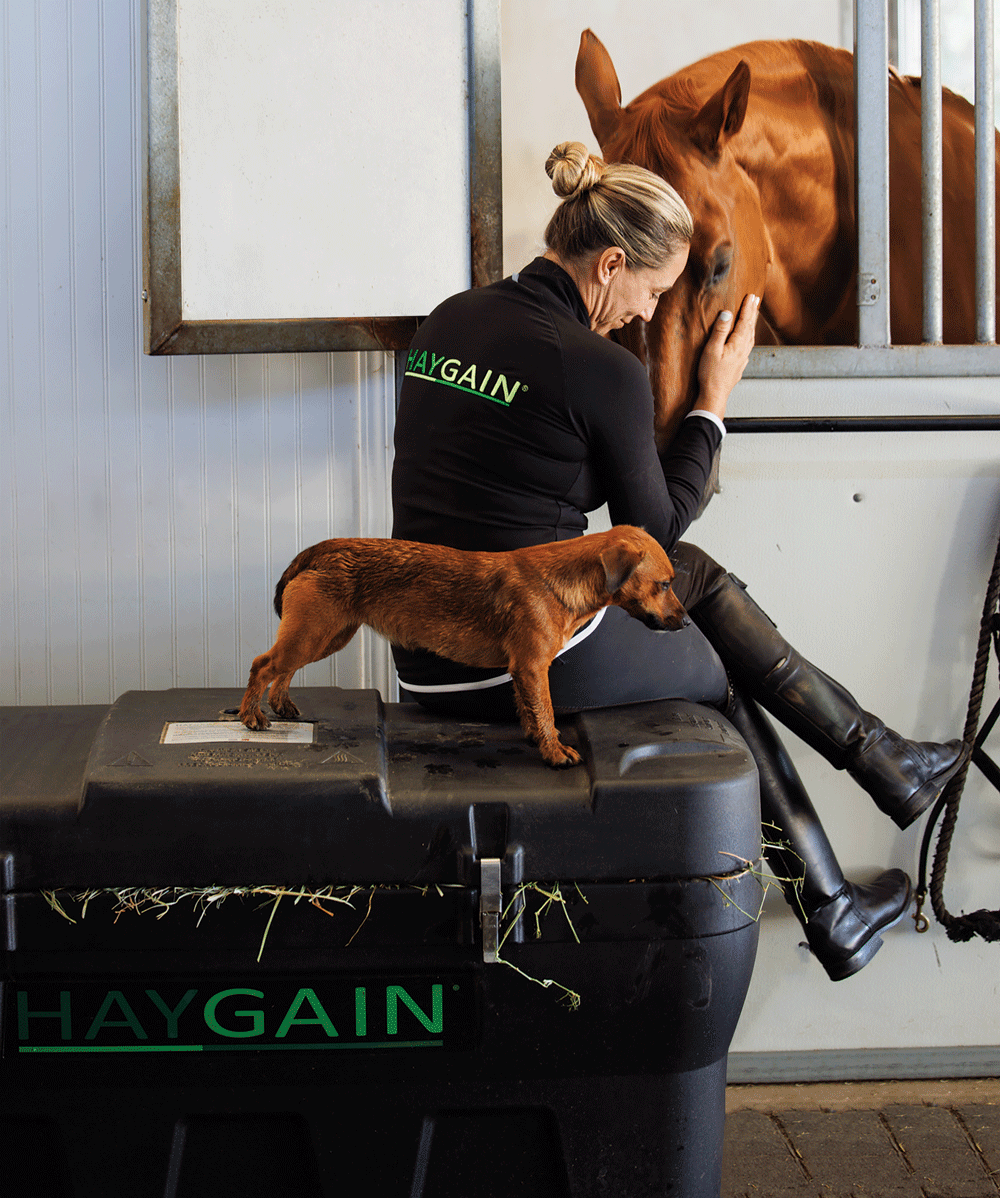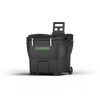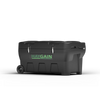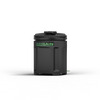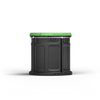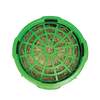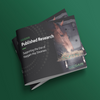Hay Steamers, the Forager Slow Feeder and ComfortStall Sealed Orthopaedic Flooring
THE HAYGAIN WAY
Shop NowHelping You Help Your Horse
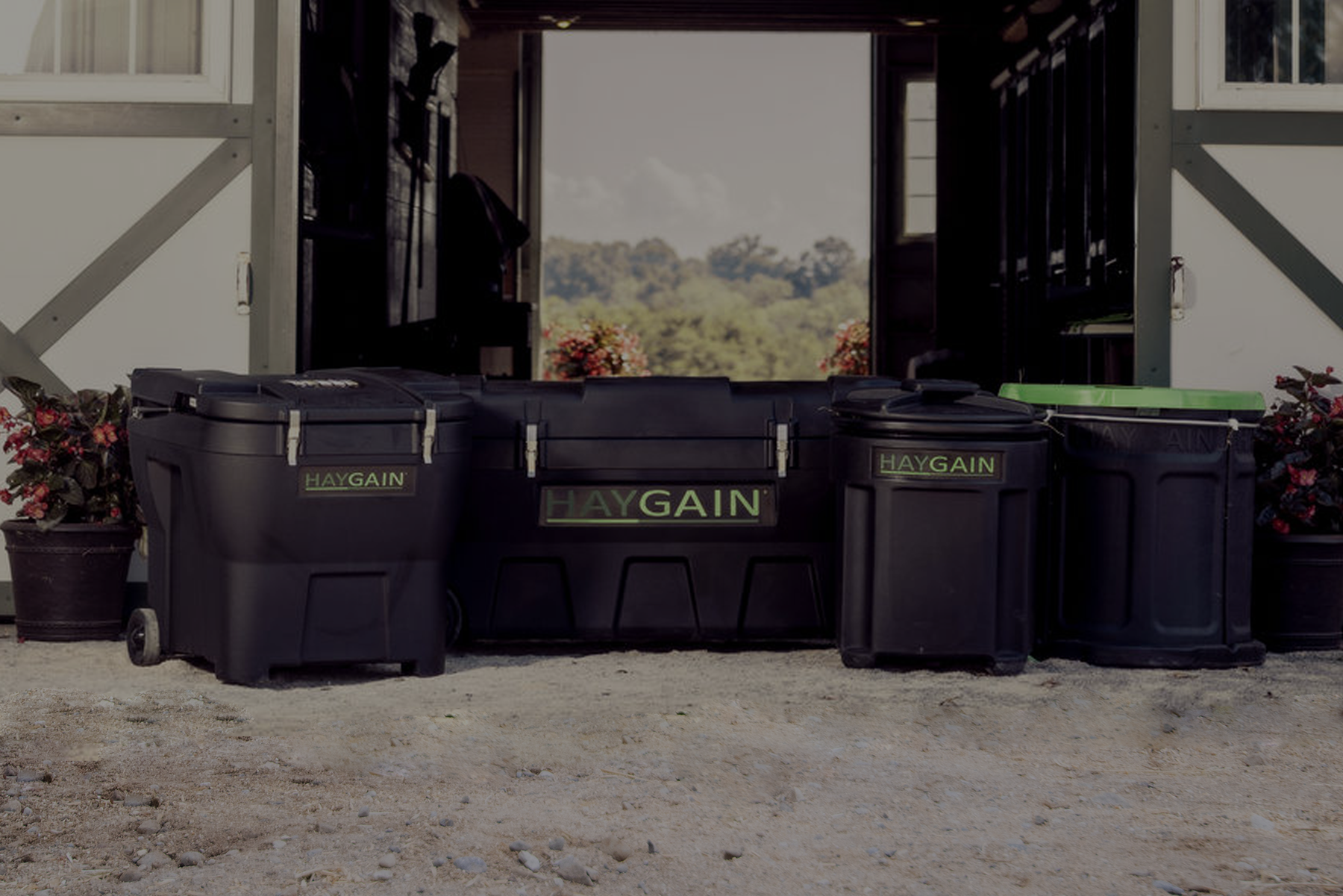
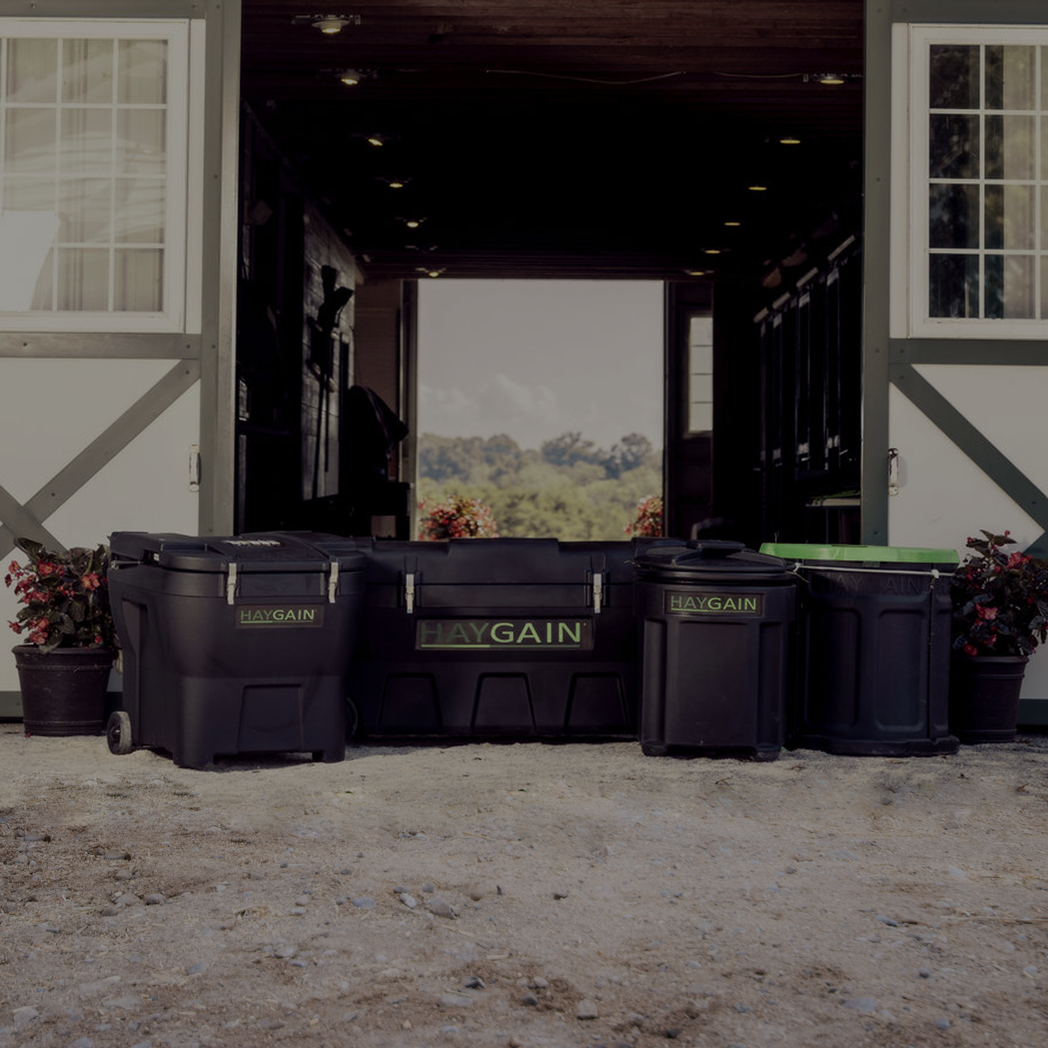
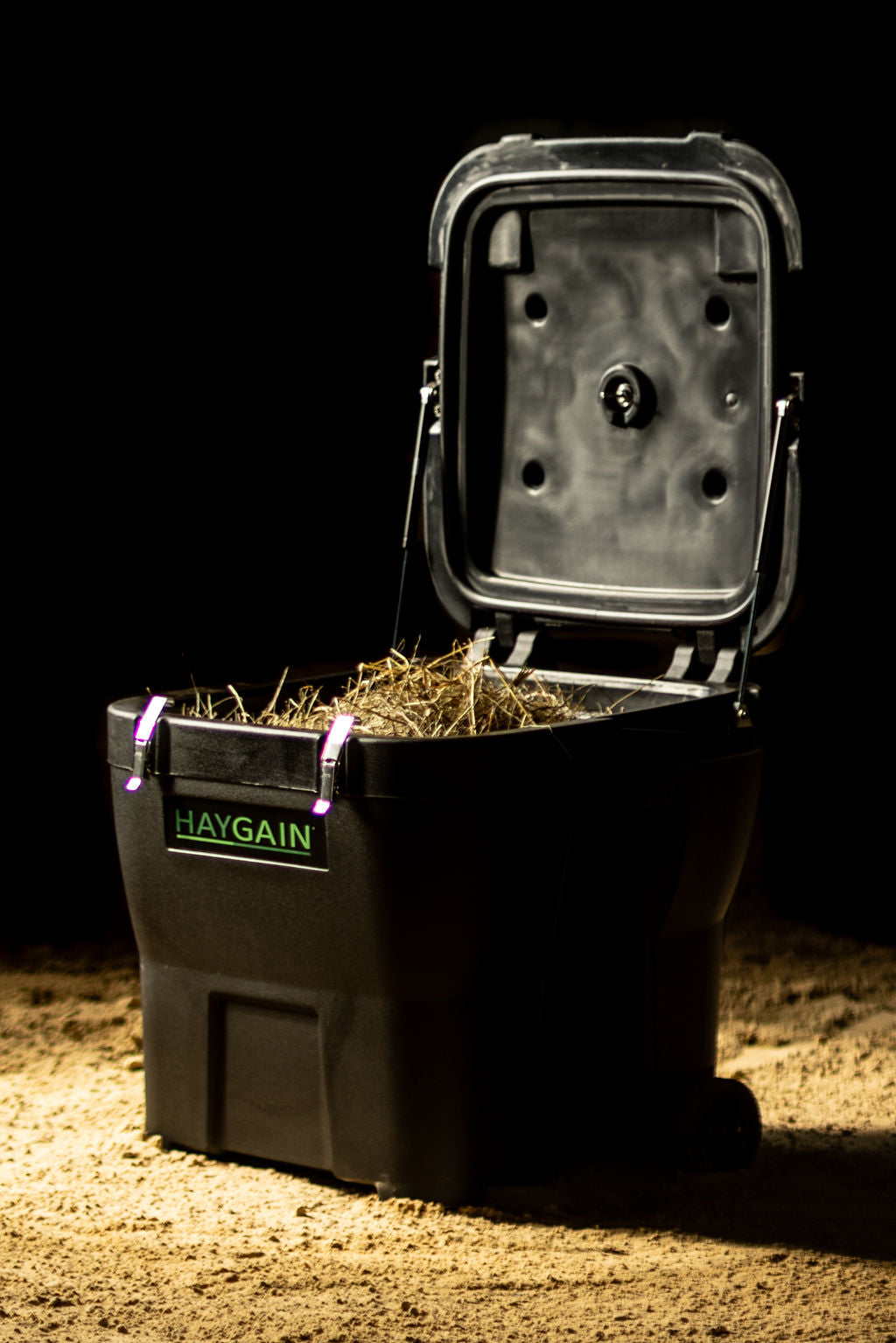
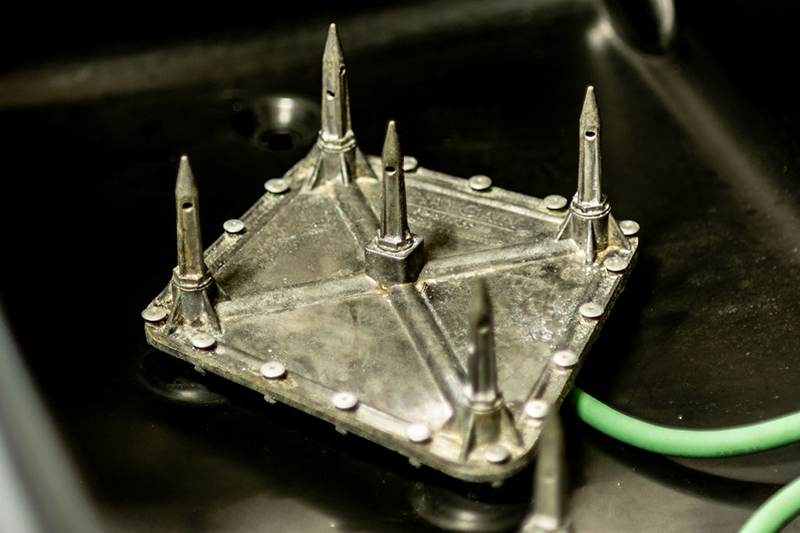

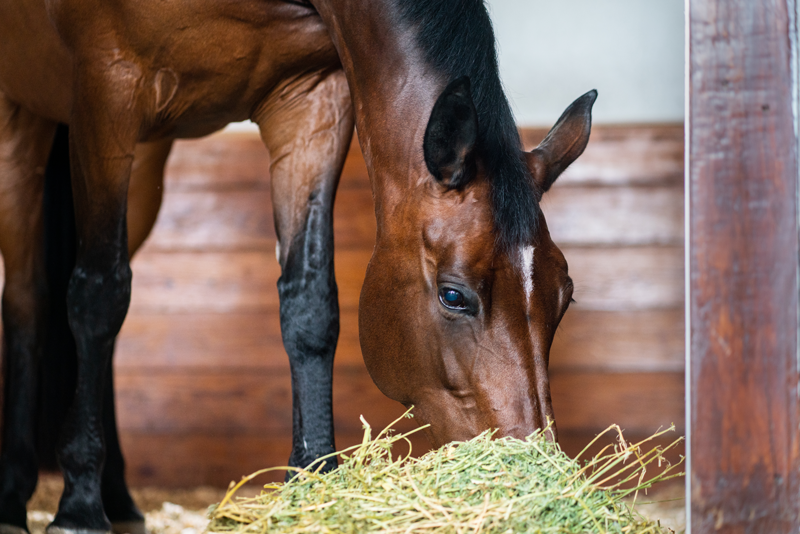
HAYGAIN HAY STEAMERS
SUPPORT RESPIRATORY, DIGESTIVE AND OVERALL HEALTH
Respiratory & Digestive Health
Proven to reduce up to 99% of the respirable "dust" that causes respiratory disease. Kills mold, bacteria and yeast.
Increases Moisture
Up to 3X the moisture of dry forage. Great for healthy digestion, colic prevention and hydration.
Proven Palatability
Ensures your horse gets everything they need from their hay...and nothing they don't!
THE RIGHT STEAMER FOR YOU
-
Haygain HG 2000
Regular price £2,780.00Regular priceUnit price / perCapacity Per Cycle:
20-30kgFeatures:
Easy open lid, wheels and handleSteam generator:
2.6 kW steam generator, 7.7 liters capacity, built-in timer for easy programming.Cycle duration:
60 minutesDimensions:
L 1449 mm x B 815 mm x H 750 mm -
Haygain HG 600
Regular price £1,950.00Regular priceUnit price / perCapacity Per Cycle:
9-11kgFeatures:
Easy open lid, wheels and pop-up handleSteam generator:
2 kW steam generator, 7.7 liters capacity, built-in timer for easy programming.Cycle duration:
60 minutesDimensions:
L 805mm x W 776mm x H 751mm -
Haygain HG ONE
Regular price £995.00Regular priceUnit price / perCapacity Per Cycle:
5-7kgFeatures:
Easily portable - ideal for travelSteam generator:
1.5 kW steam generator, 3.5 litre capacityCycle Duration:
60 minutesDimensions:
D 565mm x H 737mm
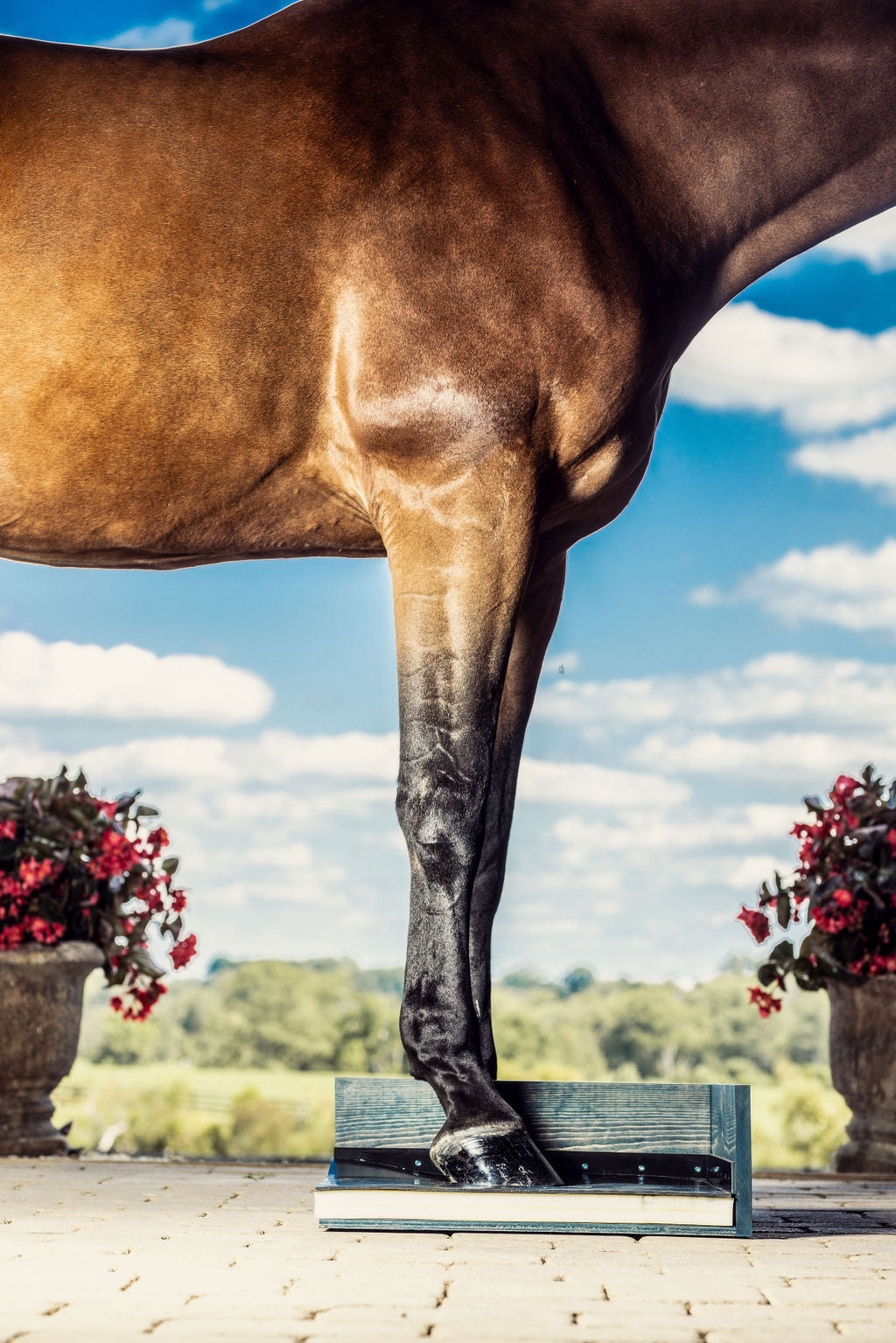
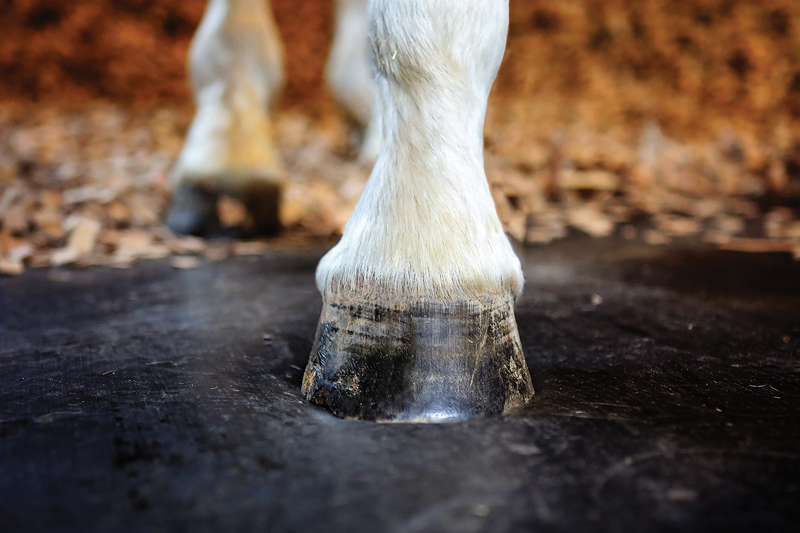
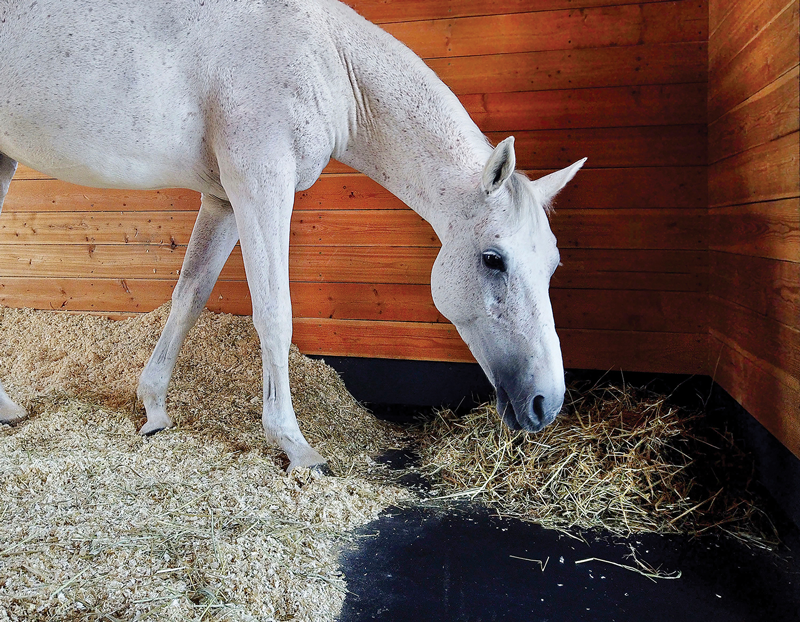
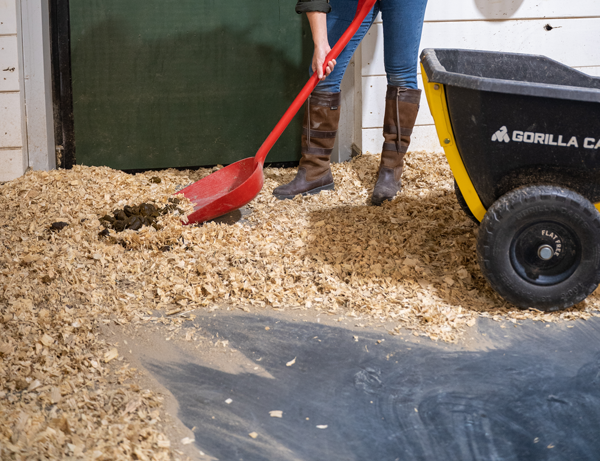
ComfortStall Sealed Orthopaedic Flooring
PROVIDE COMFORT, REST AND HEALTHY STABLE AIR. REDUCE COSTS, LABOUR AND TIME.
Comfort & Joint Support
Dense, medical-grade foam provides built-in cushion for joint support, energy rebound and comfort for deep rest and sleep. The foam cushion reduces the need of bedding for comfort, only enough to absorb and remove urine is needed.
Healthy Stable Air
Single-piece durable rubber TopCover seals to stall wall. No seepage or unhealthy accumulation of urine and related ammonia odours at the subfloor.
Easy Cleaning & Savings
The impermeable, sealed surface is easy to clean and sanitise. No more hauling out rubber mats for cleaning. Less bedding. Less labour. Less ££.
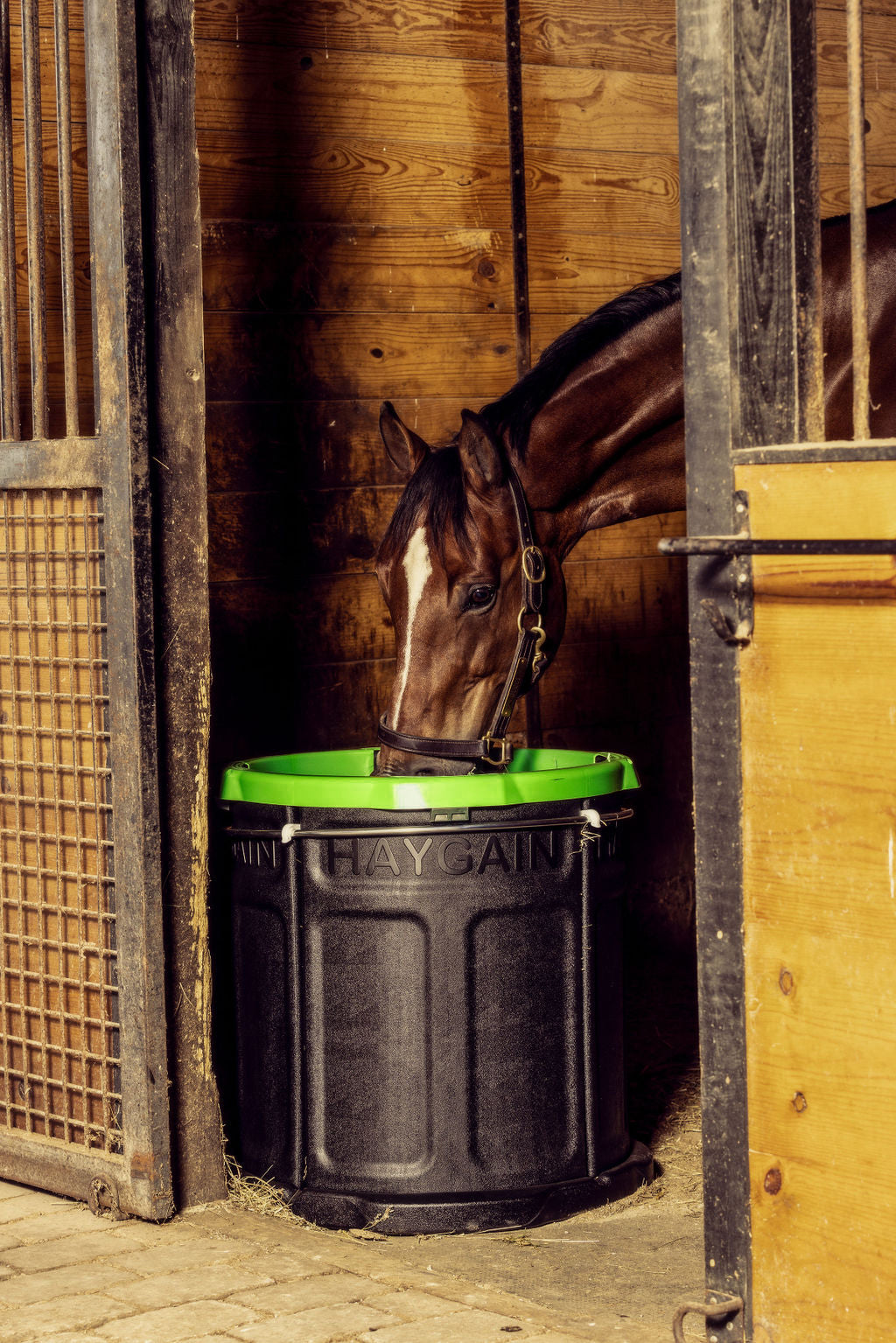
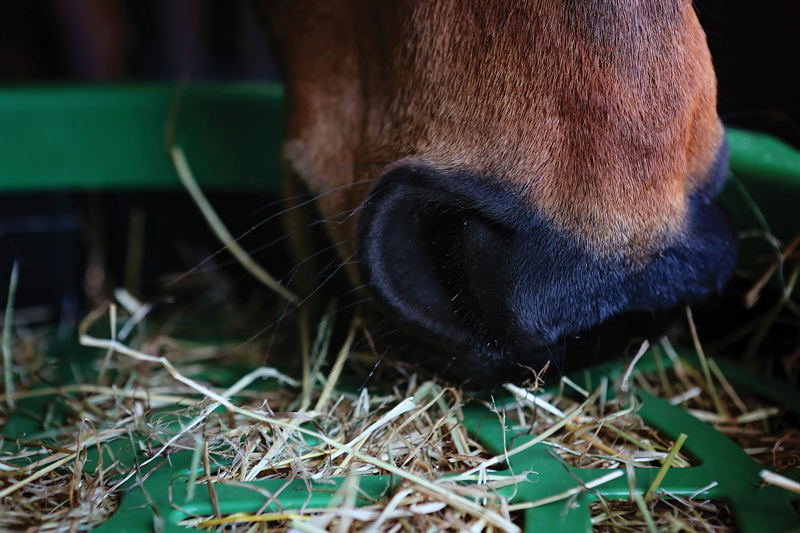
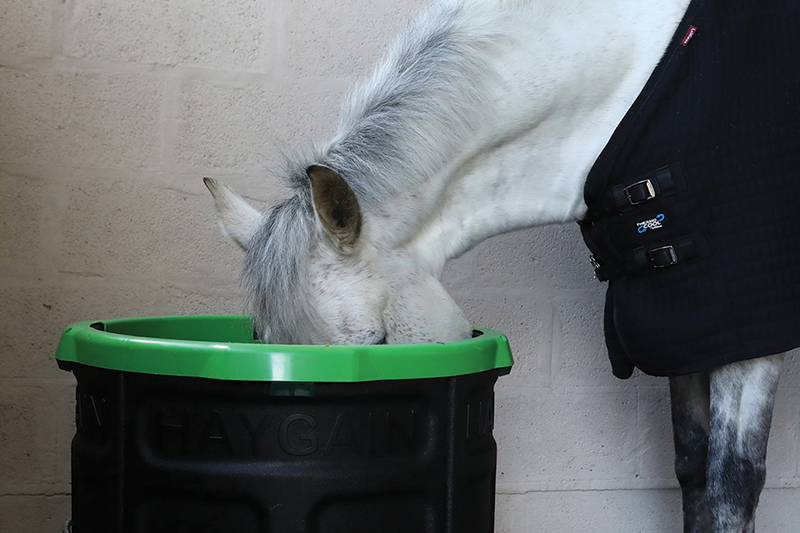
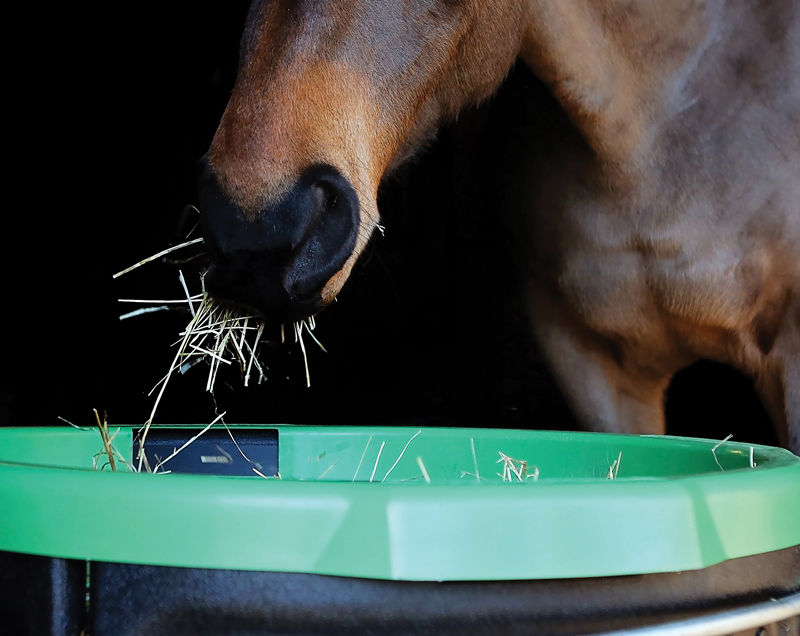
The Forager Slow Feeder
LET YOUR HORSE EAT THE WAY NATURE INTENDED.
Extend Meal Times
The regulator grid allows your horse to eat slowly, in small bites over several hours - as they would while grazing. Support healthy digestion and keep your horse happily occupied.
Lowered Head Position
Allows drainage of particles from the upper respiratory tract and supports the natural alignment of the head, neck and spine.
Less Forage Waste
A sturdy cylinder contains hay to prevent waste and contamination. The Forager can be secured to the wall and the base filled with sand for extra stability.
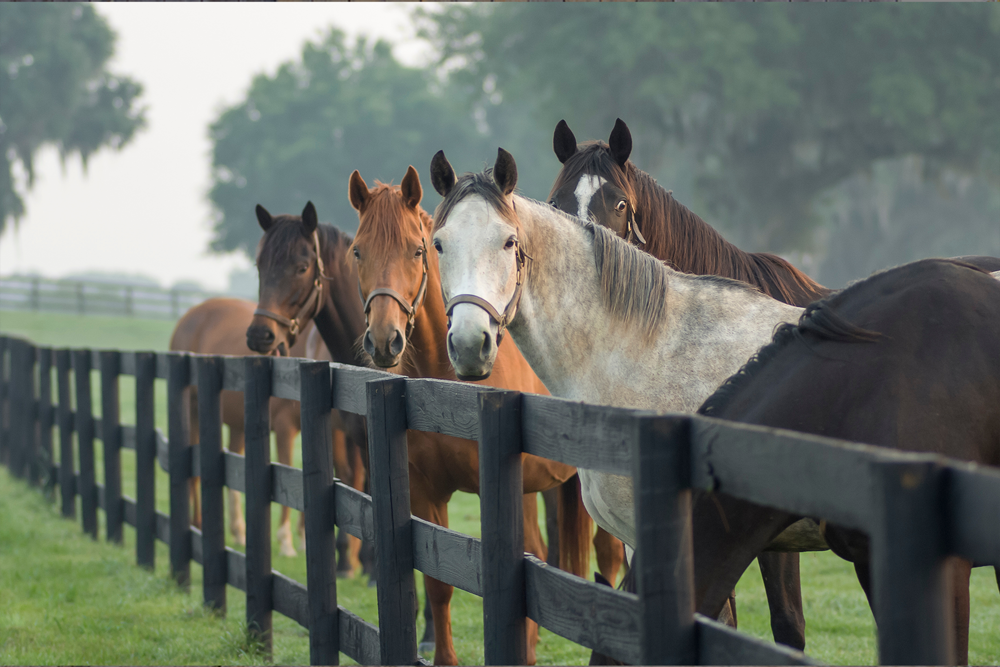
HAYGAIN'S LEARNING LIBRARY
Health, horse keeping and veterinary advice. Professional equestrian and regular horse owner experiences, and more on how horses are helped by Haygain.
